Sequential Illustration – AOI Member Folios
One illustration can tell a story, but then there is also the magic of illustrations in sequence.
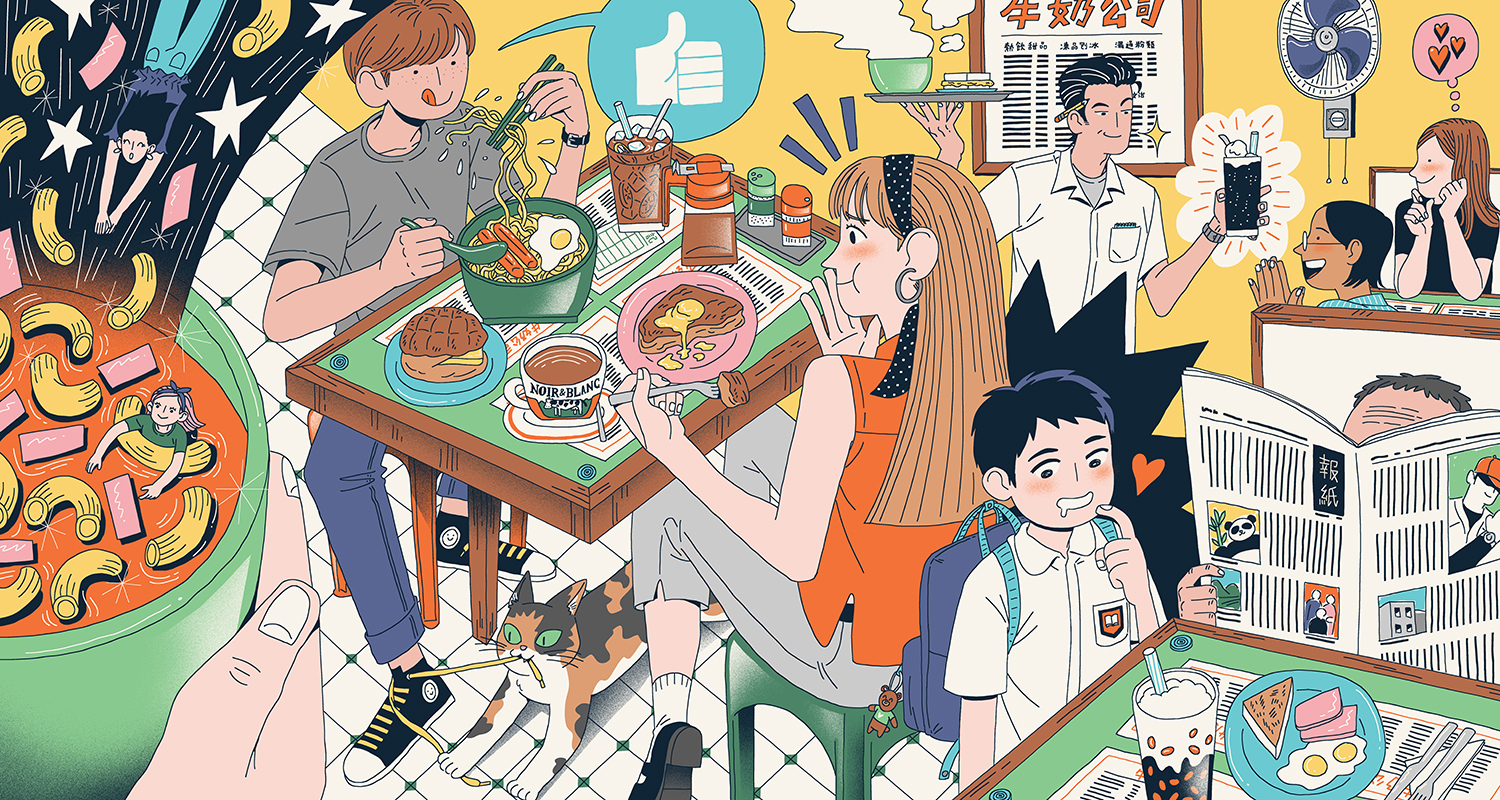
There’s a whole layer of meaning that sequences and multiples can bring to illustration work. As Alan Dunne puts it – “A sort of alchemy happens in the viewer’s mind that fills in the gaps or interprets a meaning to a sequence, the Kuleshov effect, and it’s wonderfully powerful.” The Kuleshov effect is a phenomenon by which an audience derives more meaning from the juxtaposition or interaction of two sequential shots than they do from a single shot in isolation.
There is a real art to constructing an effective sequence. Dave Franks speaks of the frame as a suspended moment, and tells us that “the exact point at which I freeze the action is something I try to give a lot of thought to as it impacts the overall design and feel.”

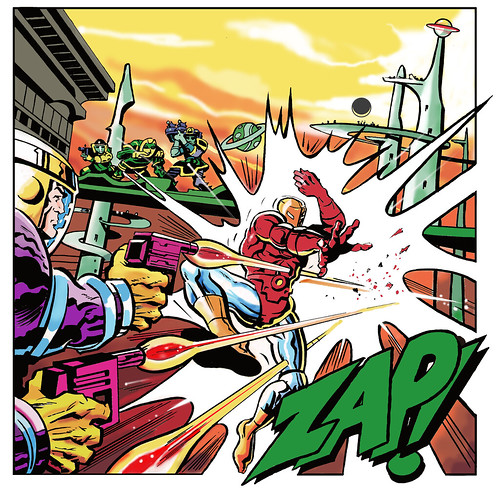
Pacing and rhythm are at the heart of a good sequence. Pearl Law’s advice is that like music or prose, pauses are important – “Giving space to a story when it calls for it really helps to break up the pacing, or to emphasise on a point; sometimes it might really just be white space.”
Dave Franks makes the case for studying plenty of different sequential work, and learning the tricks and techniques. Knowing your history is useful – he points to one particular example of an effective narrative device – “there was a sequence by Al Williamson where he had really the same image but with small changes to the characters expression – I think that was revolutionary in comics in the 1940’s.”
You’re looking for a way to make the sequence have a heartbeat and flow.
Alan Dunne
Pearl Law emphasizes that there’s no need to over-explain. “If you’re working with dialogue, not everything needs to be written. You can let the drawing speak for itself.”

Keiko Nabila Yamazaki is quick to note that her work doesn’t necessarily fit a more traditional mould of sequence, but although she’s humble about this aspect of her work, her sequential work serves to show how effective a simple approach can be and the essential role that visual treatments play in creating real feeling. “For me, I am not sure that I am doing it right, but I just want to be able to get my message across and evoke the feeling that I want to share with the viewers. I put most of the importance on the visual finish rather and the feelings the viewers feel rather than timing and pacing” she says.
Besides, conventions are there to be broken, and as Alan Dunne points out, a sequence does not even have to imply linear time, “chronological sequencing is only essential for instruction manuals. The most important thing to remember is that powerful narratives are structured around exploring a theme, an idea, an argument, or a feeling.”
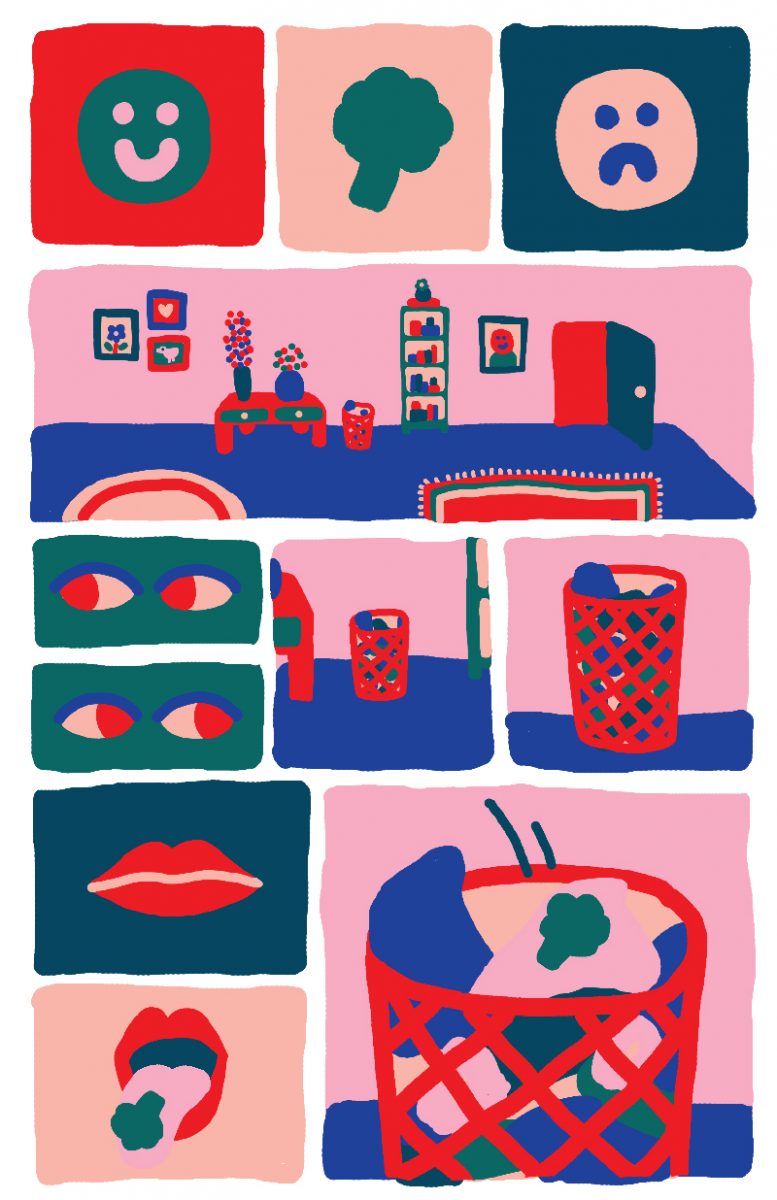
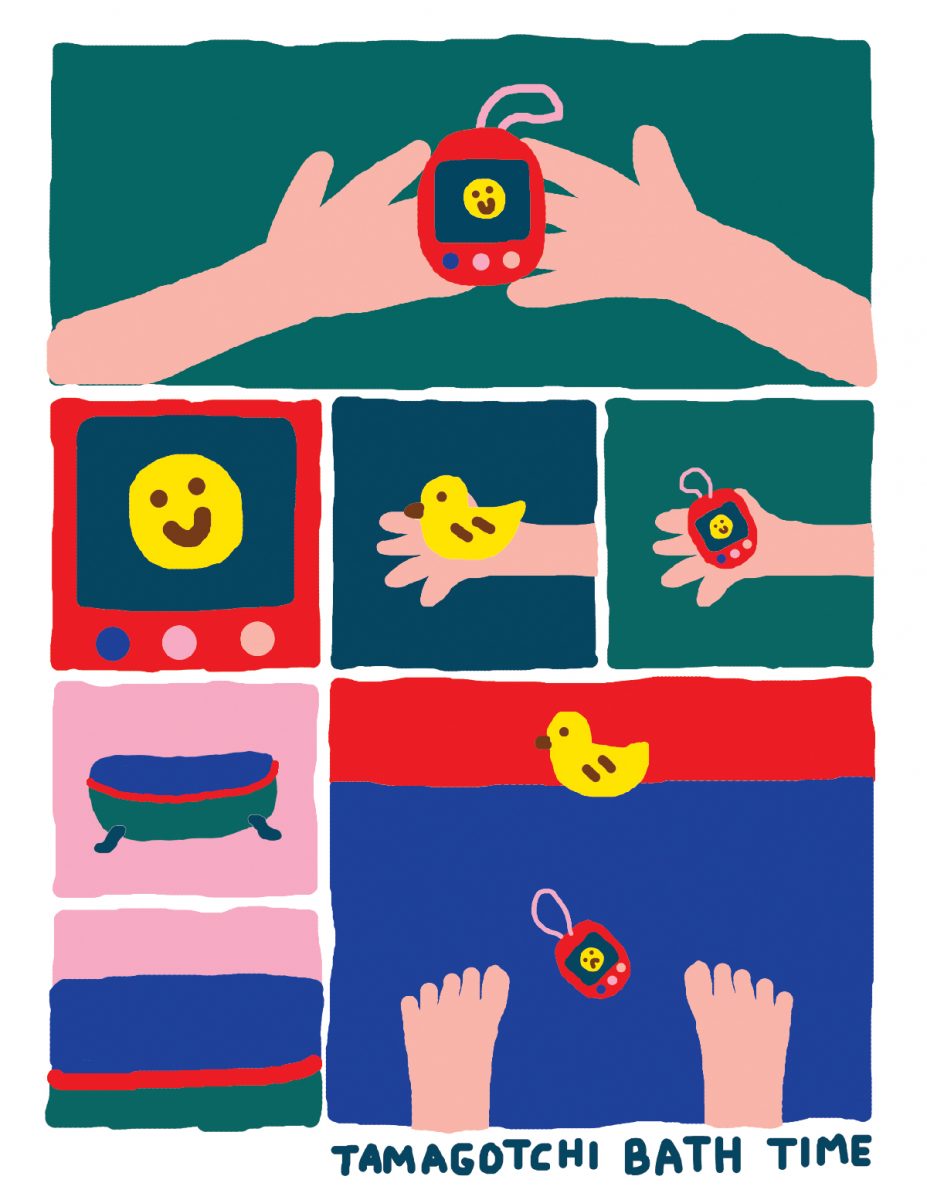
Sequence doesn’t belong only to the world of comics. Kieron Boothe estimates about half of his work has sequential elements, and he brings those aspects of sequence and comic arts to work outside of publishing and small press. He tells us about some recent work as an example of this – “the work I have been producing for my friends brand ‘Home Sweet Home’ which is a black British brand focussed on paying tribute to our Caribbean roots, we tried to create a comic style page promoting the night life culture.”
As both a graphic artist/illustrator and a musician, he’s used to marrying different art forms and commissioning areas and continues to seek new avenues for his work. “As much as my career has excelled in the digital screen space I would love for my work to have more of my work in print. It’s been an amazing feeling when I’ve seen my designs blown up to billboard size, it gives the work a different edge. As time progresses I would love to work in graphic novels/comics and potentially turning some of my designs in to 3D printed sculptures as well.”
Although Keiko Nabila Yamazaki would describe herself more as an illustrator, surface designer or artist than primarily a comic artist, she points to the influence that more traditional comics and manga must have had on the work. “Growing up I would go to the bookstore 2-3x a week to read and buy them. The way the characters dress, do their hair, how the artwork is drawn. I would mimic it as a child growing up, so I feel that subconsciously it had more impact on me than I truly realize.”
Each movie genre has its own unique take to camera work, especially Japanese movies that deal with slice of life themes, because the directors would always give space to the scene to breathe; for a sequential medium that is comics, which is still and unmoving, I find it particularly inspiring to learn from.
Pearl Law
And for those that do work with comics or graphic novels, there’s plenty of potential for adapting those skills for working in sequence or multiples. Alan Dunne notes he’s rarely commissioned for a single illustration – “my most successful projects are all sequence based, whether it is a series of stamps, art for hospitals, comics, picture books or short films.”
Dave Franks’s work has found a home “in advertising mostly, but it’s been used in print and collateral mainly; childrens books, comics, instructional work, recruitment ads, amusement park hoardings etc”.

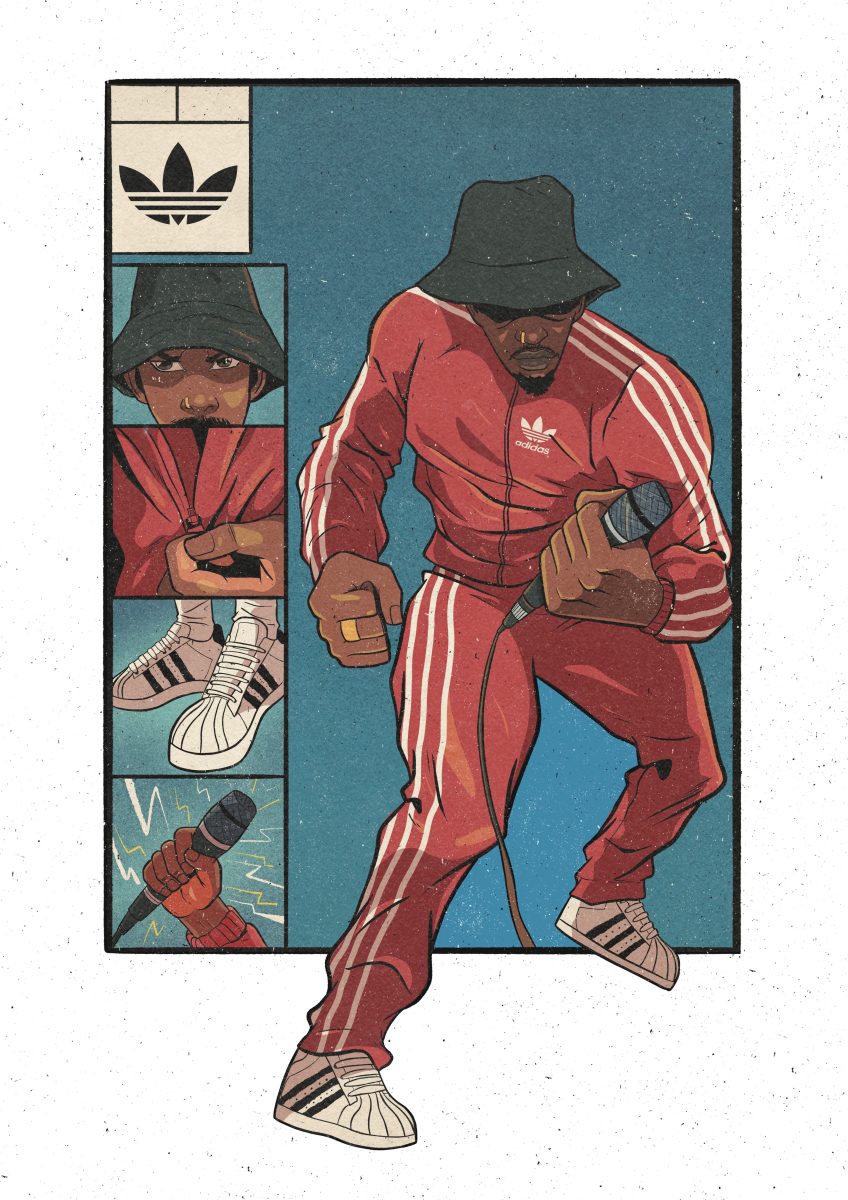
A common theme among the illustrators we spoke to is the influence of film. Dave Franks points to “a lot of old black and white movies; a film like “Wuthering Heights” has so much atmosphere, the storytelling is incredible.” When he’s describing the process of mapping out a sequential work, he even talks in film terms – “you have to see it in your mind’s eye like you’re seeing a movie, then you’re choosing the shots you want and working out the design; it’s a lot of work so you’ve got to love the whole process.”
Of course, working in sequences or multiples can take time. We asked our talented group for advice on time management and balancing the workload.
Getting comfortable with the messy middle stage of the process is key. I can understand why people race to finish a project to the final outcomes for that instant dopamine hit. But that joy is short-lived – it’s all about using as much time as possible in case a great idea is left on the table. That said, nothing entirely focuses the mind as much as a deadline.
Alan Dunne
Kieron Boothe balances the many sides of his career by showing up for himself – “I think it’s about discipline and having to be tough on yourself at times to get the job done. Art is such a feeling based craft but showing up at your table everyday regardless of how you feel helps push through moments of burn out or feeling uninspired to work, at least for me it does.”
Pearl Law recognises her strengths and weaknesses, and adapts her process to suit. “I work fast, but I have a short attention span, so I have learnt to assign time for procrastination between tasks. Don’t set yourself up to fail by giving yourself (or your client) a super tight timeline without assigning time for breaks.”

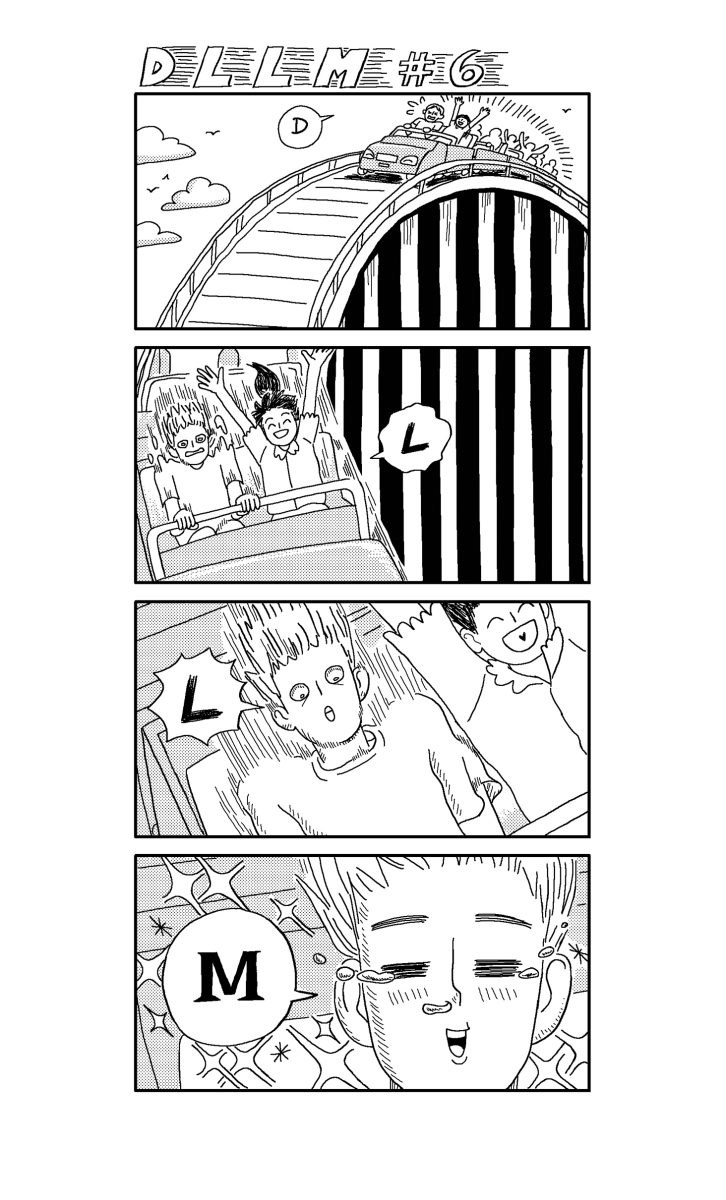
With thanks to our sequential illustrators. There’s plenty of upcoming events for fans of narrative and sequential storytelling. If you’re an AOI member and feeling inspired to expand your sequential illustration into motion, don’t miss award winning Animation Director and Illustrator Ivyy Chen in conversation with us in November.
Dave Franks
AOI Folio | Website
Kieron Boothe
AOI Folio | Website
Keiko Nabila Yamazaki
AOI Folio | Website
Back to News Page
